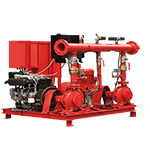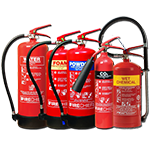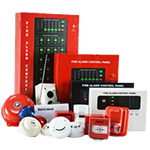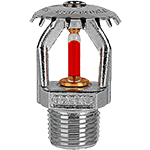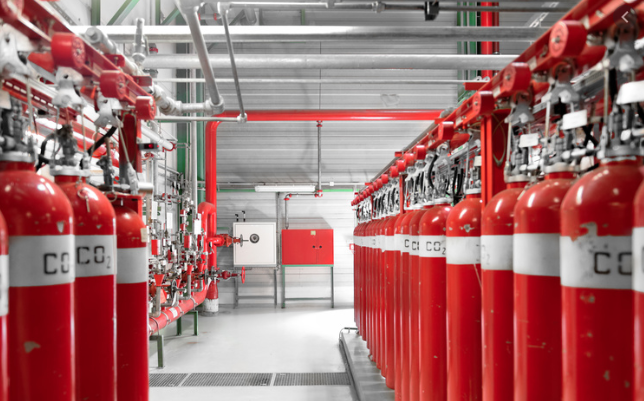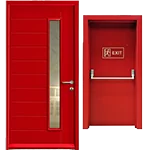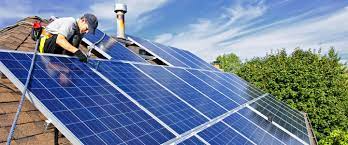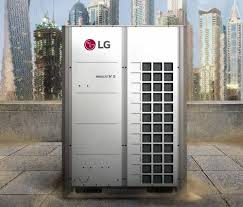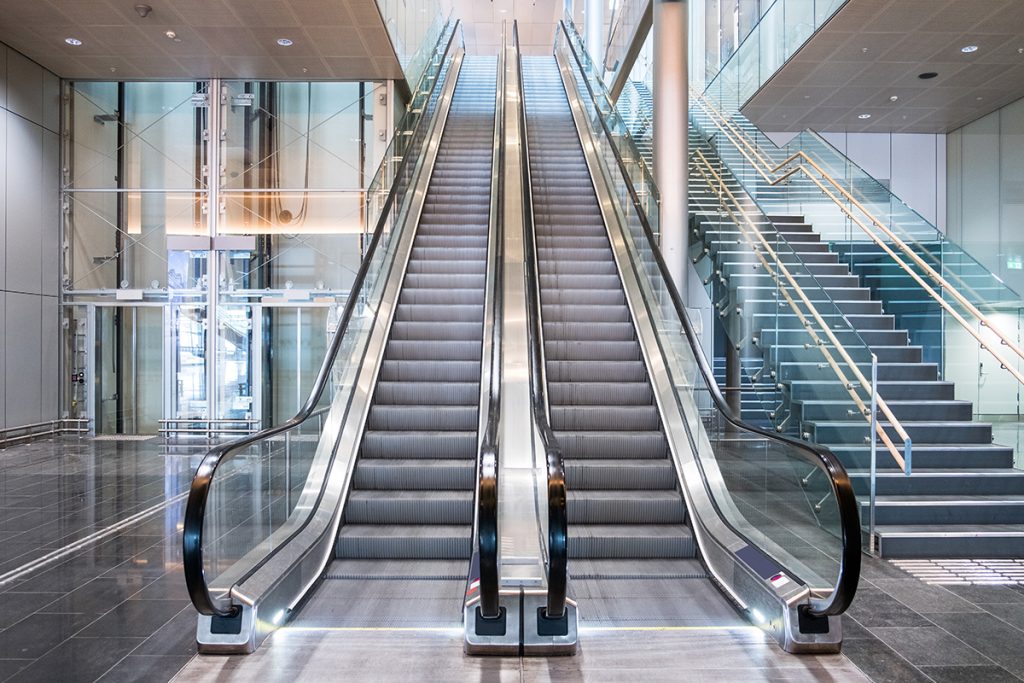PRODUCTS & SERVICES
Electromech ensures a reliable Fire Pump System which is a key element of fire protection infrastructure, designed to deliver a high-pressure water supply to extinguish fires effectively.
We are committed to provide quality Firefighting equipment which are designed to extinguish and control fires. These essential tools include fire extinguishers, hoses, hydrants, and protective gear.
Electromech is the industry leading supplier for Fire Detection and Alarm System which plays a vital role in early fire detection, allowing for rapid response and potentially saving lives and property.
Having experience over a decade in fire fighting solution, we’re the front-runner to provide sprinkler systems for buildings and industrial facilities which are non-negotiable in quality.
We don’t compromise with quality and Extinguishing and suppression systems are among one of our products. They come with various technologies and agents, such as foam, gas, or chemical substances which are capable of suppressing or extinguishing fires swiftly and efficiently.
We ensure the best fire fighting doors which can withstand in a rigorous fire and slow the spread of it. They play a crucial role in enhancing fire safety by providing a barrier that helps protect occupants and property during emergencies.
Having experience over a decade in fire fighting solution, we’re the front-runner to provide sprinkler systems for buildings and industrial facilities which are non-negotiable in quality.
A substation is a key component in an electrical power system that plays a crucial role in transmitting and distributing electricity. Its primary function is to transform voltage levels, regulate power flow, and provide a point of connection for different parts of the power grid. Substations are integral to the efficient and reliable operation of electrical systems, helping to manage the transmission and distribution of electricity from power plants to end-users.
Key features and functions of a substation include:
- Voltage Transformation: Substations are equipped with transformers that can increase or decrease the voltage level of the electricity being transmitted. This is essential for efficient long-distance power transmission and distribution.
- Switching and Circuit Protection: Substations contain various switches, circuit breakers, and other protective devices to control the flow of electricity, isolate faulty equipment or sections, and protect the overall system from damage due to faults or overloads.
- Busbars and Switchgear: Busbars are conductors that serve as a central point for connecting various components within the substation. Switchgear is the combination of switches, fuses, and circuit breakers used to control, protect, and isolate electrical equipment.
- Control and Monitoring: Substations are equipped with control systems and monitoring devices to manage the operation of the equipment and monitor the status of the electrical grid. Automation and remote control systems are often employed for efficient and safe operation.
- Grounding Systems: Proper grounding is crucial for safety and to provide a path for fault currents to dissipate harmlessly into the ground.
- Communication Systems: Substations are often equipped with communication systems to facilitate the exchange of data and information between different parts of the power grid and the central control center.
There are different types of substations, including step-up substations that increase voltage for transmission to the grid, step-down substations that decrease voltage for distribution to end-users, and switching substations that enable the reconfiguration of the power grid for maintenance or in response to faults.
Overall, substations play a vital role in ensuring the reliable and efficient delivery of electricity to homes, businesses, and industries.
VRF stands for Variable Refrigerant Flow, and it refers to a type of heating, ventilation, and air conditioning (HVAC) system. VRF systems are also known as VRV (Variable Refrigerant Volume) systems, a term popularized by the company Daikin.
Here are some key features and characteristics of VRF systems:
- Variable Refrigerant Flow:
- The system allows for varying the amount of refrigerant that is supplied to different indoor units based on the cooling or heating requirements of each zone.
- This flexibility in refrigerant flow enables precise temperature control and efficient operation.
- Modular Design:
- VRF systems consist of an outdoor unit that connects to multiple indoor units. These indoor units can be air handlers, fan coils, or other types of terminal devices.
- The modular design allows for easy expansion or modification of the system based on the changing needs of the building.
- Individual Zone Control:
- Each indoor unit in a VRF system can operate independently, allowing for individualized temperature control in different zones or rooms.
- This zoning capability contributes to energy efficiency by only conditioning the spaces that require it.
- Heat Recovery:
- Some VRF systems offer heat recovery capabilities, allowing simultaneous heating and cooling in different zones within the same system. This is achieved by redirecting excess heat from spaces that require cooling to those that need heating.
- Energy Efficiency:
- VRF systems are generally considered energy-efficient due to their variable refrigerant flow and the ability to match the heating and cooling load of each zone more precisely.
- The use of inverter-driven compressors also contributes to energy savings.
- Control and Monitoring:
- VRF systems often come with advanced control systems that enable users to monitor and control the operation of the HVAC system remotely.
- Smart and programmable features allow for optimization of energy usage and comfort.
- Installation Flexibility:
- The flexibility of VRF systems makes them suitable for a variety of building types and sizes, including residential, commercial, and institutional buildings.
- Quiet Operation:
- The indoor units of VRF systems are generally designed to operate quietly, enhancing the comfort of occupants.
Overall, VRF systems have gained popularity for their energy efficiency, individualized control, and adaptability to different building configurations. They are commonly used in situations where traditional HVAC systems may be less efficient or impractical.
Electromech ensures a reliable Fire Pump System which is a key element of fire protection infrastructure, designed to deliver a high-pressure water supply to extinguish fires effectively.

